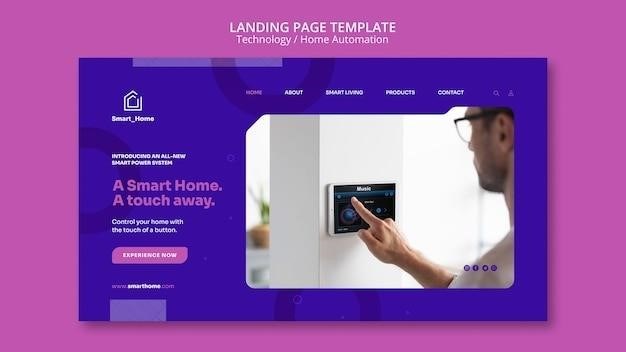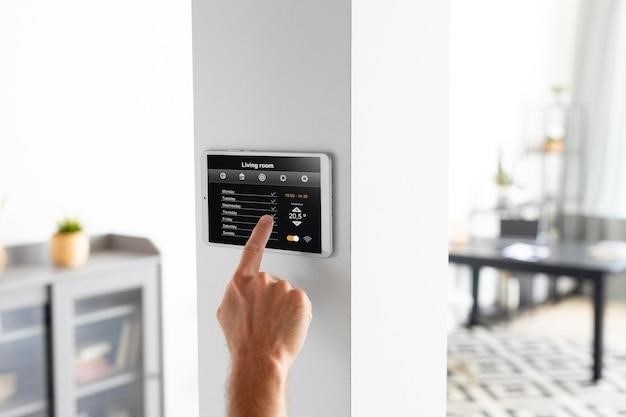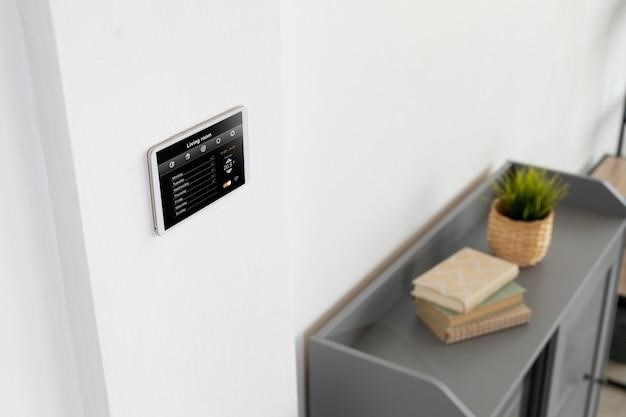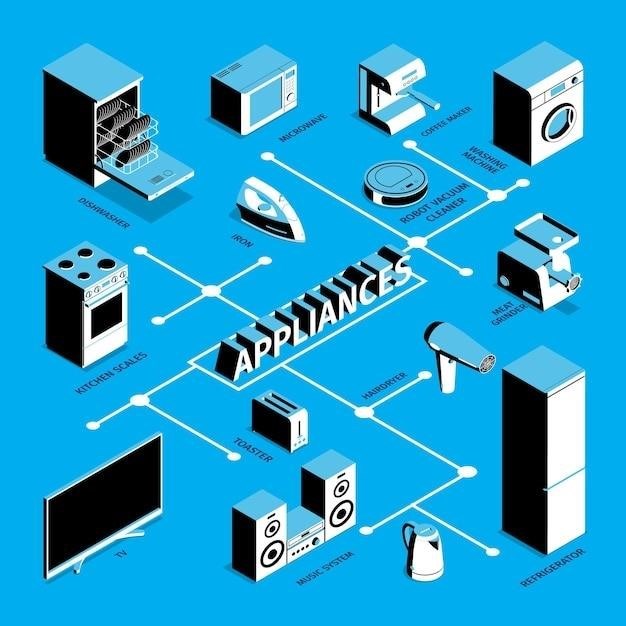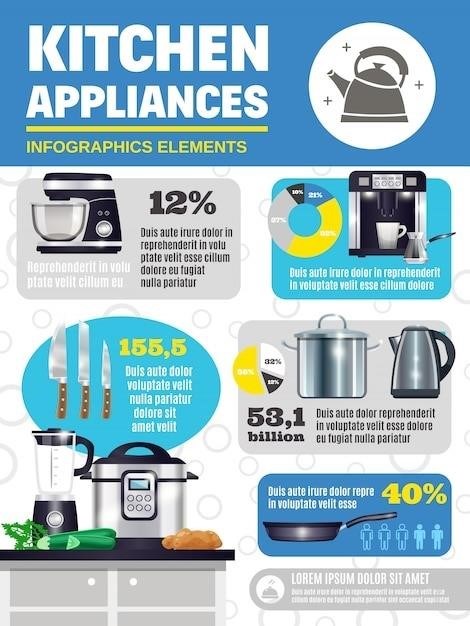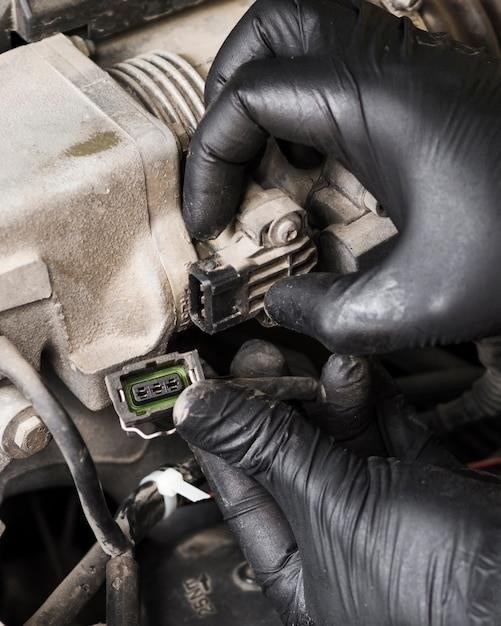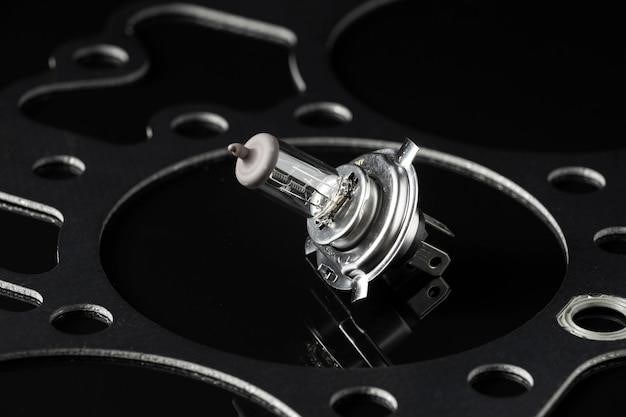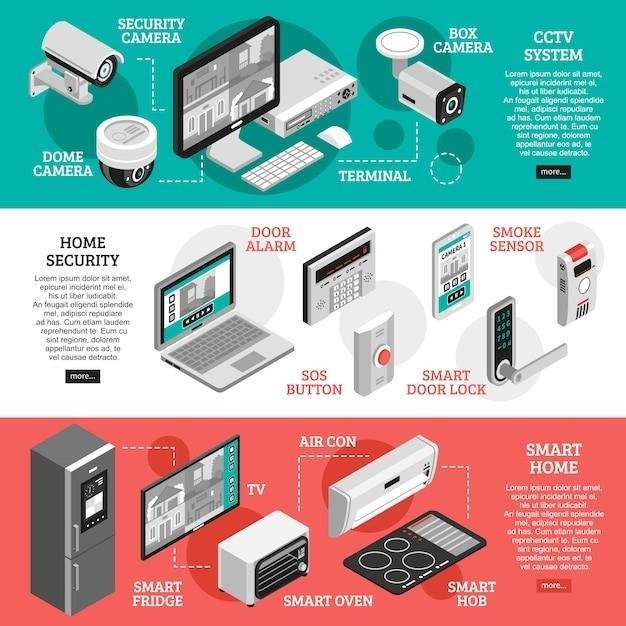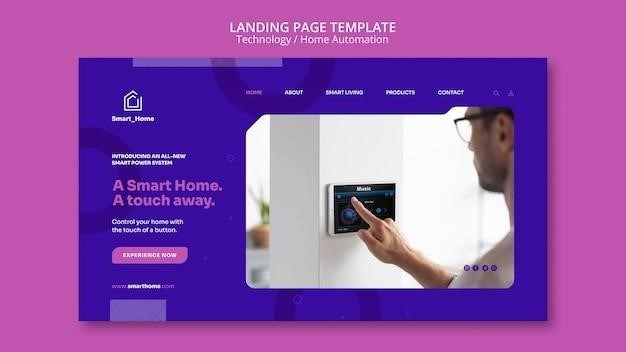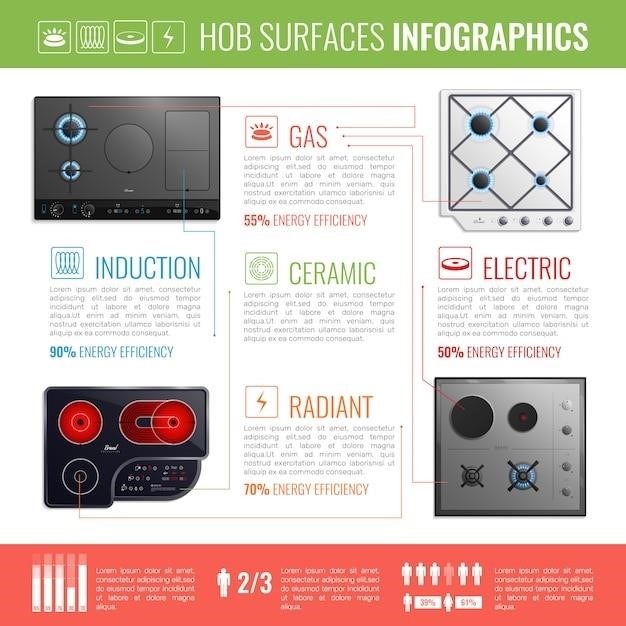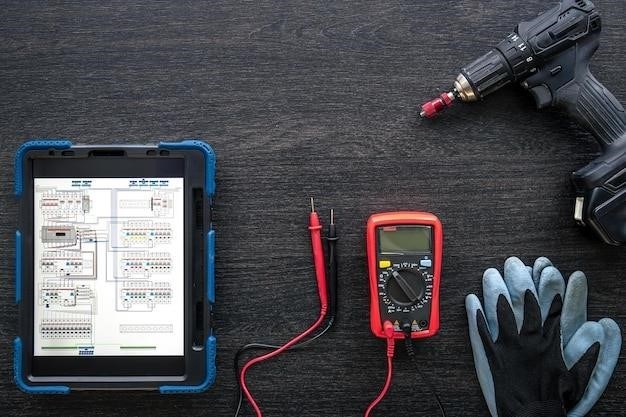GE PTAC Manual⁚ A Comprehensive Guide
This comprehensive guide provides an in-depth look at GE PTAC units, covering everything from their operation and features to installation, troubleshooting, and maintenance. Whether you’re a homeowner, building manager, or HVAC professional, this manual is designed to equip you with the knowledge and tools you need to effectively use and care for your GE PTAC system.
Introduction to GE PTAC Units
GE PTAC units, short for “packaged terminal air conditioner,” are self-contained heating and cooling systems commonly found in hotels, motels, apartments, and other commercial spaces. They are designed to provide individual climate control for each room, offering flexibility and energy efficiency. GE PTAC units are known for their reliability, quiet operation, and ease of installation. They typically consist of an indoor unit that houses the evaporator, blower, and controls, and an outdoor unit containing the condenser and compressor.
GE PTAC units are available in a variety of sizes and configurations to meet different heating and cooling needs. They offer a range of features, including adjustable temperature settings, multiple fan speeds, and various heating options. Some models also include energy-saving features like programmable thermostats and automatic shut-off timers. GE PTAC units are generally easy to operate and maintain, with user-friendly controls and readily available replacement parts.
This guide will provide a comprehensive overview of GE PTAC units, covering their operation, features, installation, troubleshooting, and maintenance. By understanding the ins and outs of these units, you can ensure optimal performance and extend their lifespan.
Understanding GE PTAC Operation
GE PTAC units operate on a refrigeration cycle, similar to other air conditioning systems. The process begins with refrigerant flowing through the evaporator coil located inside the indoor unit. The refrigerant absorbs heat from the air in the room, causing it to cool. The cooled air is then circulated throughout the room by the blower.
The refrigerant, now warm from absorbing heat, travels to the outdoor unit. Here, it passes through the condenser coil, where heat is released to the outside air. The refrigerant then flows back to the evaporator coil, completing the cycle. The process continues as long as the thermostat is set to cool.
GE PTAC units also feature a heating mode, typically using an electric resistance heater. When the thermostat calls for heat, the heater activates, providing warm air to the room. Some GE PTAC models also include a heat pump option, which uses a reversed refrigeration cycle to transfer heat from the outdoor air to the indoor air, providing efficient heating in milder climates.
The operation of a GE PTAC unit is controlled by a thermostat, which senses the room temperature and adjusts the system’s operation to maintain the desired setting. The thermostat also allows you to select different fan speeds, heating modes, and other settings to customize the unit’s performance.
Features and Benefits of GE PTAC Units
GE PTAC units offer a range of features and benefits that make them a popular choice for both residential and commercial applications. These units are known for their efficiency, versatility, and ease of use. Some key features include⁚
- Energy Efficiency⁚ GE PTAC units are designed to operate efficiently, saving you money on your energy bills. Many models feature variable-speed compressors and other energy-saving technologies.
- Quiet Operation⁚ The units operate quietly, minimizing disruption to your environment. This is especially beneficial in bedrooms, offices, and other spaces where noise can be a concern.
- Versatile Installation⁚ GE PTAC units can be easily installed in a variety of locations, including walls, windows, and even through the roof. This flexibility allows for customized placement to meet your specific needs.
- Easy Control⁚ The units are equipped with user-friendly thermostats that allow you to adjust temperature, fan speed, and other settings with ease. Some models even offer remote control options for added convenience.
- Multiple Heating Options⁚ GE PTAC units offer various heating options, including electric resistance heat and heat pump technology. This versatility ensures that you can maintain a comfortable temperature year-round, regardless of the climate.
GE PTAC units provide a cost-effective and efficient solution for climate control, offering both cooling and heating capabilities in a single, compact unit.
Installation and Setup Guide
Installing a GE PTAC unit requires careful planning and execution to ensure proper functionality and safety. It is strongly recommended to consult with a qualified HVAC professional for installation. However, here is a general overview of the installation process⁚
- Site Preparation⁚ Select the desired location for the unit, ensuring adequate space and access for installation. Consider factors like proximity to electrical outlets and ventilation.
- Wall or Roof Cutout⁚ Create an opening in the wall or roof to accommodate the unit’s dimensions. Consult the unit’s manual for specific size requirements.
- Electrical Connections⁚ Connect the unit to a dedicated electrical circuit with appropriate amperage. Ensure all electrical connections are made by a licensed electrician.
- Unit Installation⁚ Carefully insert the unit into the opening and secure it using mounting brackets or other provided hardware.
- Ventilation⁚ Connect the unit’s exhaust duct to the exterior of the building to ensure proper ventilation and prevent buildup of condensation.
- Thermostat Installation⁚ Install the thermostat in a suitable location, ensuring it is easily accessible and within the unit’s operating range.
- Testing and Adjustments⁚ Once the installation is complete, test the unit’s operation and make any necessary adjustments to the thermostat settings.
Remember, proper installation is crucial for optimal performance and safety. Consult your GE PTAC unit’s manual for detailed instructions and seek professional help if needed.
Troubleshooting Common Issues
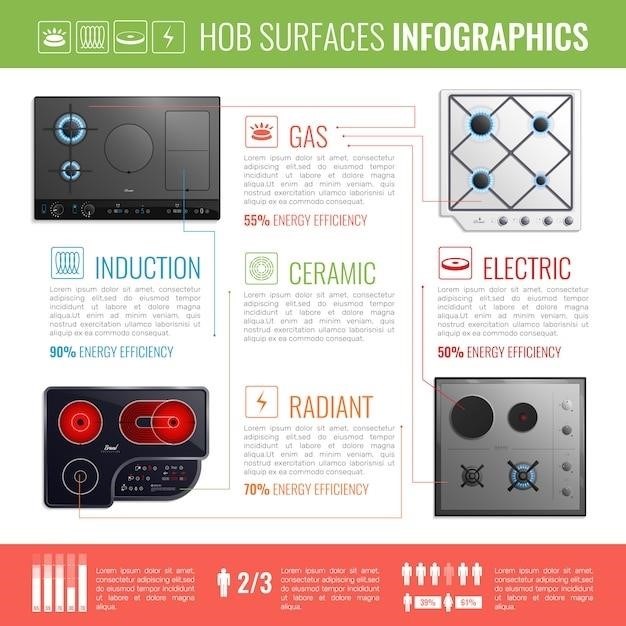
While GE PTAC units are generally reliable, they can occasionally experience issues. Here are some common problems and their potential solutions⁚
- No Power or Unit Not Turning On⁚ Check the circuit breaker and make sure it’s not tripped. Verify that the unit is plugged in and receiving power. Also, inspect the fuse box for blown fuses.
- Unit Not Cooling or Heating⁚ Check the thermostat settings and ensure they are set to the desired temperature. Confirm that the air filter is clean and not obstructing airflow. Inspect the unit’s condenser coils for dirt or debris buildup.
- Excessive Noise⁚ Check if there are any loose parts or objects obstructing the fan blades. Inspect the motor for signs of wear or damage. If the noise persists, contact a qualified technician.
- Water Leaking⁚ Check if the drain line is clogged or blocked. Ensure that the unit is properly leveled to prevent condensation from accumulating. Inspect the unit’s condensate pan for leaks.
- Thermostat Not Responding⁚ Replace the thermostat batteries if necessary. Check the thermostat wiring connections. If the problem persists, consider replacing the thermostat.
If you’re unable to resolve the issue after trying these troubleshooting steps, it’s best to contact a qualified HVAC technician. They can diagnose the problem and provide professional repair services.
Maintenance and Cleaning
Regular maintenance and cleaning are crucial for ensuring optimal performance and extending the lifespan of your GE PTAC unit. Here’s a comprehensive guide to keep your unit running smoothly⁚
- Air Filter⁚ Replace the air filter every 1-3 months, or more frequently if you live in a dusty environment. A dirty air filter restricts airflow, reduces efficiency, and can even damage the unit.
- Condensate Pan⁚ Clean the condensate pan regularly to prevent clogs and ensure proper drainage. This pan collects condensation from the cooling process, and if it’s blocked, water can leak from the unit.
- Condensate Drain Line⁚ Inspect the drain line for clogs or blockages. Ensure that the drain line is properly connected and flowing freely. A clogged drain line can lead to water leaks and damage.
- Exterior Cleaning⁚ Clean the exterior of the unit with a damp cloth and mild detergent. Avoid using harsh chemicals or abrasive cleaners, as they can damage the unit’s finish.
- Coils⁚ Check the condenser coils for dirt or debris buildup. Use a vacuum cleaner with a brush attachment to remove any dust or lint. Clean the evaporator coils with a coil cleaning solution, following the manufacturer’s instructions.
By performing regular maintenance and cleaning, you can ensure that your GE PTAC unit operates efficiently, provides optimal comfort, and lasts for years to come.
Safety Precautions and Guidelines
Safety should always be paramount when using and maintaining a GE PTAC unit. Here are essential precautions and guidelines to ensure your well-being and the longevity of your system⁚
- Electrical Safety⁚ Never attempt to repair or modify the unit’s electrical components unless you’re a qualified electrician. Ensure the unit is properly grounded and connected to a dedicated electrical circuit. Avoid overloading the circuit by using other high-power appliances on the same circuit.
- Fire Hazard⁚ Keep flammable materials, such as curtains, furniture, and papers, at least 3 feet away from the unit. Regularly inspect the area around the unit for any potential fire hazards, such as dust accumulation or frayed wiring.
- Water Leaks⁚ Inspect the unit regularly for any signs of water leaks. If you notice leaks, immediately disconnect the power supply and contact a qualified technician for repairs. Leaking water can cause damage to the unit and your property.
- Child and Pet Safety⁚ Keep children and pets away from the unit’s operating parts. Never allow children to play with or near the unit. Store the remote control and any other accessories out of reach of children.
- Professional Installation⁚ Always have your GE PTAC unit installed by a qualified HVAC technician. Proper installation ensures that the unit operates safely and efficiently.
By adhering to these safety precautions and guidelines, you can minimize the risk of accidents and ensure a safe and comfortable environment for yourself and your family.
Warranty Information and Support
GE appliances, including PTAC units, come with a standard warranty that covers defects in materials and workmanship for a specified period. To understand the specifics of your warranty, it’s crucial to refer to the warranty documentation that came with your unit or is available on the GE website. Here are some key aspects to consider⁚
- Warranty Duration⁚ The warranty period typically varies depending on the specific model and component. It’s essential to check the documentation to determine the warranty length for your particular unit.
- Coverage⁚ The warranty generally covers major components, such as the compressor, condenser, evaporator, and blower motor. However, certain parts, like filters and control panels, may have shorter warranty periods or may not be covered at all.
- Registration⁚ Registering your unit with GE can be beneficial as it can help streamline the warranty process and ensure you receive timely support. You can typically register online or through the provided documentation.
- Extended Coverage⁚ For additional peace of mind, GE offers extended warranty plans through Bodewell Care Protection Plans. These plans provide extended coverage for your unit, offering protection beyond the standard warranty period.
- Customer Support⁚ If you encounter any issues with your GE PTAC unit, GE provides a dedicated customer support line and online resources to assist you. You can access their contact information through their website or the provided documentation.
By understanding the terms of your warranty and utilizing the available support resources, you can ensure that your GE PTAC unit is properly protected and maintained throughout its lifespan.
GE Zoneline PTAC Models and Specifications
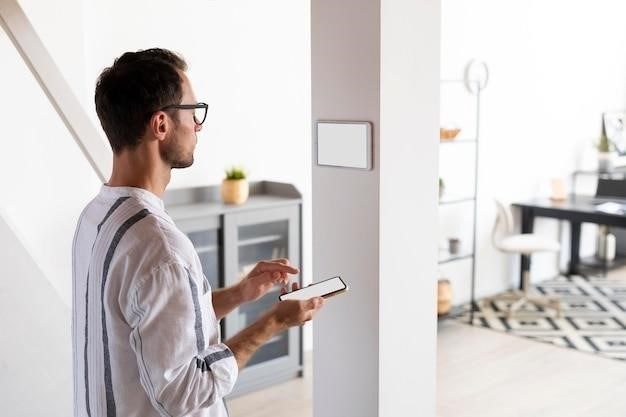
GE Zoneline PTAC units offer a range of models designed to meet diverse cooling and heating needs. Each model boasts specific features and specifications that cater to different room sizes, energy efficiency requirements, and budget considerations. Here’s a glimpse into some key GE Zoneline PTAC models and their specifications⁚
- AZ65 Series⁚ These heat pumps leverage GE’s unique heat pump logic and operation to ensure comfortable room temperatures. The AZ65 series is known for its efficient performance and ability to provide both heating and cooling.
- AZ61H15DAB⁚ This sleek and modern unit seamlessly blends into any room decor. It operates quietly, minimizing disruption to your space. The AZ61H15DAB offers a cooling capacity of 15,000 BTUH, making it suitable for medium-sized rooms.
- Zoneline 3500 and 5500 Series⁚ These heat pump units are compatible with single-stage cooling/two-stage heating thermostats, offering flexibility in temperature control. They are designed for energy efficiency and comfortable climate management.
To determine the best GE Zoneline PTAC model for your specific needs, carefully consider factors such as room size, desired cooling and heating capacity, energy efficiency requirements, and budget constraints. Consult the GE website, product brochures, or a qualified HVAC professional for detailed specifications and guidance on selecting the right model for your application.

